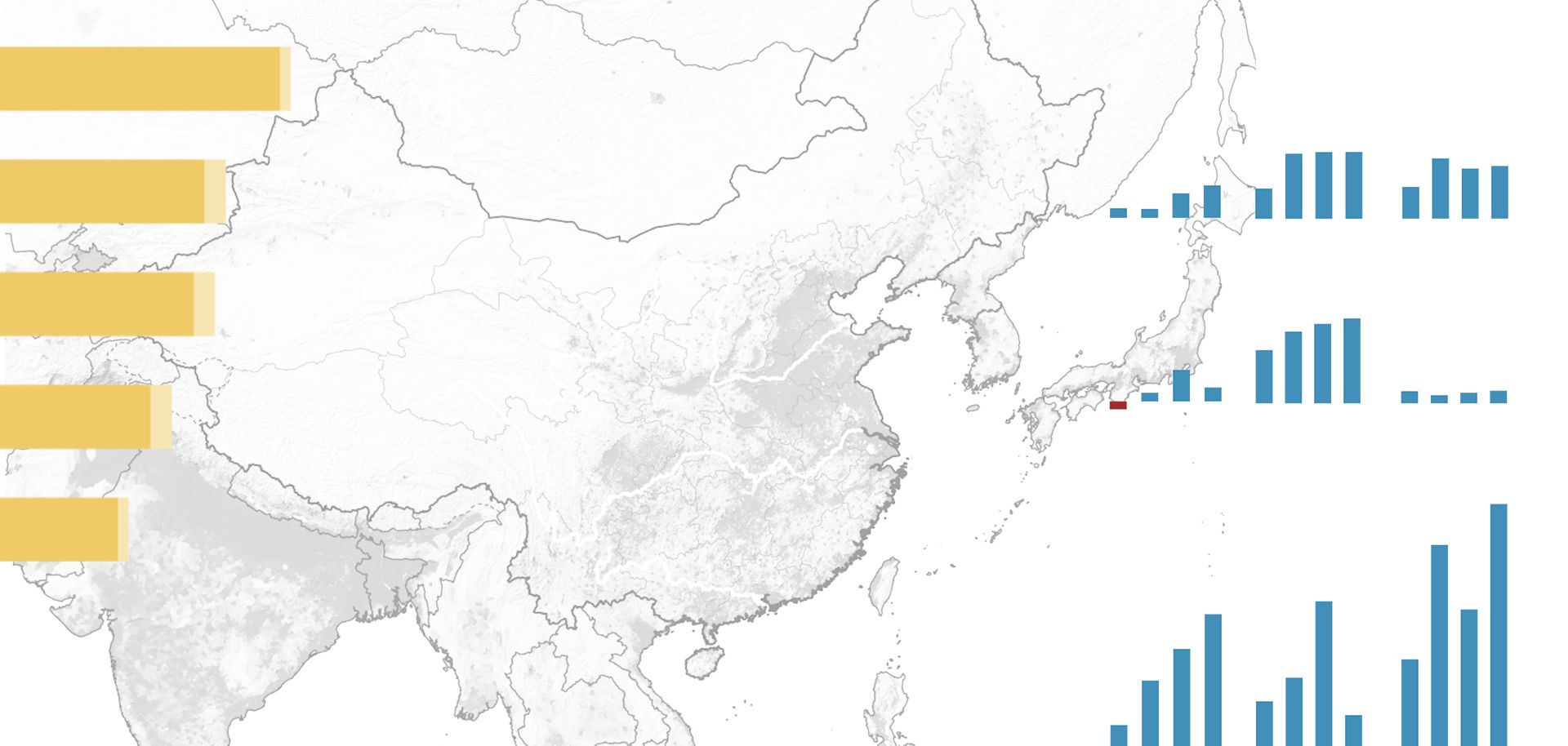
The dynamics behind both Japan's entrenched bureaucracy and the increasingly popular regional forces are rooted in the country's mountainous geography. Geography divides Japan into several distinct regions, engendering recurrent center-periphery political tensions and inter-regional conflicts. This has given rise to a historical pattern wherein power in the country is regionalized or centralized, generally through a chaotic process, followed by a long period of relative stability. The Japanese political system may be on the verge of a radical shift. The popularity of the country's established national political parties, the ruling Democratic Party of Japan and opposition Liberal Democratic Party, is at a historic low. At the same time, regional parties campaigning against entrenched Japanese bureaucratic interests are making gains and readying themselves for national elections. The government's reluctance to pass economic reforms has exacerbated economic stagnation, and public frustration with this stagnation and perceived bureaucratic corruption has fueled the current rise of regional parties. Regional political parties' popularity is continuing to increase ahead of the next round of lower-house parliamentary elections, set to occur before Aug. 30, 2013.


